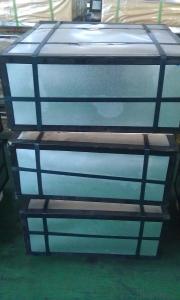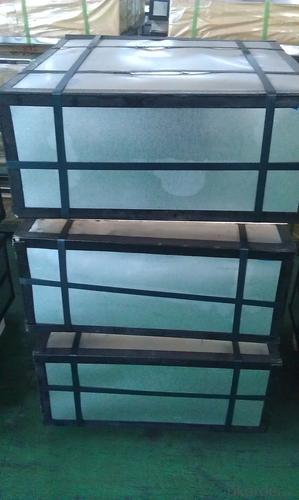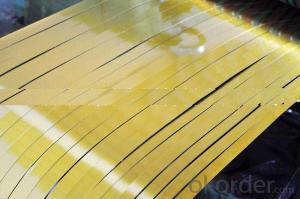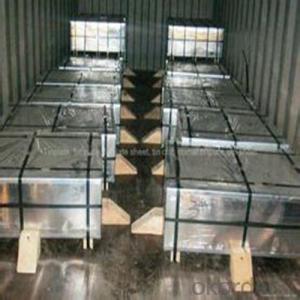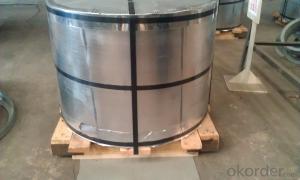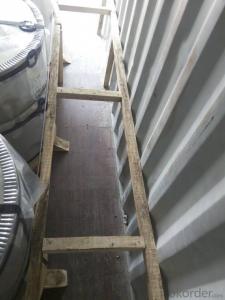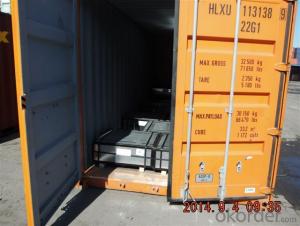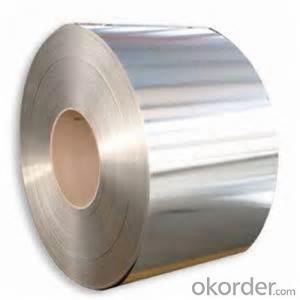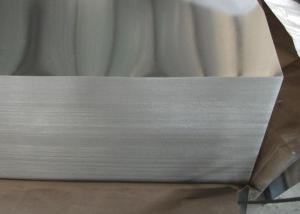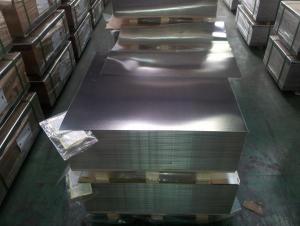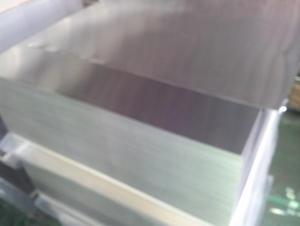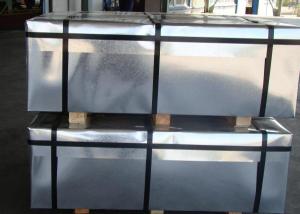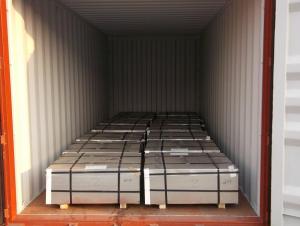TFS
- Loading Port:
- China Main Port
- Payment Terms:
- TT OR LC
- Min Order Qty:
- -
- Supply Capability:
- -
OKorder Service Pledge
OKorder Financial Service
You Might Also Like
Tin Free Steel (TFS)
Is also known as chromed steel, as it is obtained by coating the metal base (low-carbon steel) with an ultra-thin layer of metallic chrome and then with a chromium oxide layer.This steel product was developed to meet economic requirements, and excels tinplate in paintability, paint adhesion, and economy. It is widely used for making beverage cans and 18-liter cans. It is also used for making photographic film cases and as a protective material for optical fiber cables.
Our TFS Specification:
Standard: AISI, ASTM, BS, DIN, GB, JIS
Material: MR,SPCC
Thickness:0.15mm - 0.45mm
Width: 600mm -1150mm
Temper: T1-T5
Annealing: BA & CA
- Q: How does tinplate affect the overall product freshness?
- Tinplate packaging helps to preserve the overall product freshness by providing a protective barrier against moisture, light, and oxygen. This prevents the product from spoiling or deteriorating quickly, allowing it to maintain its quality and freshness for a longer period of time.
- Q: How is tinplate affected by different types of dairy products?
- Tinplate, a type of steel coated with a thin layer of tin, can be affected by different types of dairy products in terms of corrosion. Dairy products, particularly those with high acidity or salt content, can cause the tin coating to corrode over time. This can result in changes in the taste, odor, and quality of the dairy products stored in tinplate containers. Therefore, proper packaging and storage conditions need to be ensured to maintain the integrity of tinplate when storing dairy products.
- Q: How does tinplate handle exposure to different atmospheric conditions?
- Tinplate generally handles exposure to different atmospheric conditions quite well. Its corrosion resistance, thanks to the tin coating, helps protect the underlying steel from rusting and other forms of degradation. However, extreme conditions such as high humidity, acidic environments, or prolonged exposure to saltwater may still pose some risk. In such cases, additional protective measures like coatings or proper maintenance are recommended to ensure the tinplate's longevity.
- Q: What are the main applications of tinplate in the marine industry?
- Tinplate is commonly used in the marine industry for applications such as corrosion-resistant coatings for steel structures, manufacturing of storage tanks and containers, shipbuilding and repair, and as a protective barrier in marine electrical systems.
- Q: What are the advantages of using tinplate for electrical enclosures?
- There are several advantages of using tinplate for electrical enclosures. Firstly, tinplate offers excellent corrosion resistance, ensuring the durability and longevity of the enclosure even in harsh environments. Secondly, tinplate has high strength and rigidity, providing robust protection for the electrical components inside. Additionally, tinplate is a cost-effective option compared to other materials, making it a popular choice for mass production. Lastly, its malleability allows for complex shapes and designs, providing flexibility in enclosure manufacturing.
- Q: What are the factors that determine the lifespan of tinplate packaging?
- The factors that determine the lifespan of tinplate packaging include the quality of the tinplate material used, the manufacturing process, the storage and handling conditions, and the level of protection provided against external factors such as moisture, temperature, and physical damage.
- Q: What are the main applications of tinplate in the electrical industry?
- Tinplate is widely used in the electrical industry for various applications such as the production of electrical enclosures, transformer tanks, and terminal boxes. Its corrosion-resistant properties make it an ideal material choice to protect electrical components from moisture and other environmental factors. Additionally, tinplate is used for manufacturing electrical connectors, terminals, and busbars due to its excellent electrical conductivity.
- Q: Can tinplate be painted or printed on?
- Yes, tinplate can be painted or printed on.
- Q: How long does tinplate packaging last?
- Tinplate packaging can last for several years, depending on the storage conditions and how well it is maintained.
- Q: Can tinplate be used for agricultural applications?
- Yes, tinplate can be used for agricultural applications. It is commonly used for the packaging of agricultural products such as canned food, seeds, and agricultural chemicals. Tinplate offers protection against moisture, pests, and contamination, making it suitable for preserving and transporting agricultural goods. Additionally, its durability and resistance to corrosion make it a reliable choice for various agricultural uses.
Send your message to us
TFS
- Loading Port:
- China Main Port
- Payment Terms:
- TT OR LC
- Min Order Qty:
- -
- Supply Capability:
- -
OKorder Service Pledge
OKorder Financial Service
Similar products
Hot products
Hot Searches
Related keywords
